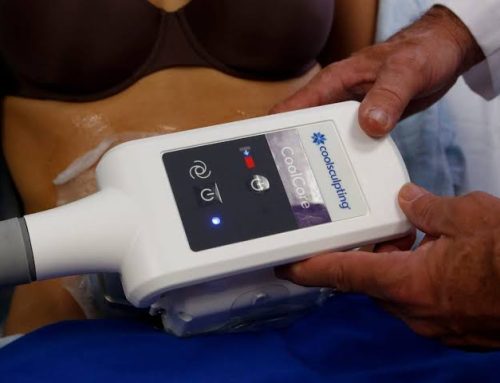Introduction
Gynecomastia, a condition characterized by the enlargement of male breast tissue, can significantly impact a man’s self-esteem and body image. The journey towards reclaiming confidence often includes exploring surgical options designed to address this concern. Gynecomastia surgery, or male breast reduction, emerges as a transformative solution, offering individuals the opportunity to achieve a more contoured and masculine chest.
What is Gynecomastia?
Gynecomastia may result from hormonal imbalances, genetics, obesity, or certain medications. While lifestyle changes and non-surgical interventions are considered in some cases, surgical intervention becomes a viable choice when excess breast tissue persists, causing discomfort and psychological distress.

What is the Process of Gynecomastia Surgery?
- Consultation:
- The journey begins with a comprehensive consultation with a board-certified plastic surgeon. During this session, the surgeon assesses the extent of gynecomastia, discusses medical history, and outlines the surgical approach tailored to individual needs.
- Surgical Techniques:
- Gynecomastia surgery involves the removal of excess breast tissue and, if necessary, liposuction for contouring. The surgical technique chosen depends on the specific characteristics of the condition.
- Anesthesia and Incisions:
- The procedure is typically performed under general anesthesia. Minimal incisions are strategically placed to minimize visible scarring, often around the areola or in inconspicuous areas.
- Tissue Removal and Sculpting:
- Excess glandular tissue and fat are carefully removed, and the chest is sculpted to achieve a more masculine contour. The surgeon pays meticulous attention to symmetry and natural aesthetics.
- Recovery and Results:
- Recovery times vary, but patients can usually resume non-strenuous activities within a week. Visible results become apparent as swelling subsides, unveiling a more defined and proportionate chest.

What are the benefits of Gynecomastia Surgery?
- Enhanced Confidence:
- Gynecomastia surgery directly addresses the physical manifestation of the condition, fostering a sense of confidence and self-assurance.
- Improved Body Image:
- The procedure not only reduces breast size but also contributes to an improved overall body image, helping individuals feel more comfortable in their skin.
- Clothing Freedom:
- With a flatter chest, individuals gain the freedom to wear clothing styles that may have been avoided previously, enhancing wardrobe choices.

Conclusion
Gynecomastia surgery stands as a transformative option for those seeking to overcome the challenges associated with enlarged male breast tissue. As individuals embark on this journey, the prospect of a more contoured, masculine chest comes into focus, accompanied by a renewed sense of confidence and self-image.
This surgical endeavor is a personal choice, and those considering it are encouraged to engage in open communication with qualified plastic surgeons. By understanding the nuances of the procedure, setting realistic expectations, and embracing the transformative potential, individuals can look forward to rediscovering their masculinity with newfound confidence and pride. Gynecomastia surgery represents not just a physical transformation but a pathway to reclaiming one’s authentic self.
Disclaimer: The content on this blog is intended for general informational purposes only. It is not a substitute for professional medical advice, diagnosis, or treatment. Always consult qualified healthcare providers for personalized advice. Information regarding plastic surgery, dental treatment, hair transplant, and other medical procedures is educational and not a guarantee of results. We do not assume liability for actions taken based on blog content. Medical knowledge evolves; verify information and consult professionals. External links do not imply endorsement. By using this blog, you agree to these terms.










